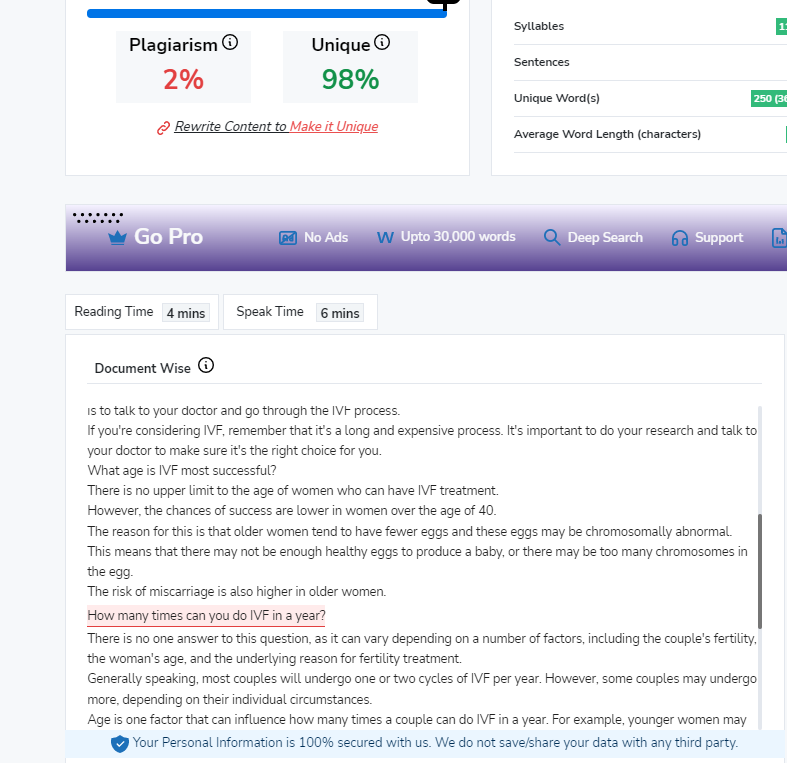
Infertility treatments like in-vitro fertilization (IVF) have come a long way in recent years, but they’re still not foolproof. If you’re considering IVF, you’re probably wondering how many rounds it will take to get pregnant.
There’s no easy answer to that question because every couple is different and every IVF cycle is different. However, we can give you some general guidelines based on what’s typical.
In general, most couples will need to undergo 3-4 IVF cycles before they get pregnant. However, there are some couples who will get pregnant after just one cycle, while others may need to do 6 or more cycles.
The number of cycles you’ll need to undergo will depend on a number of factors, including your age, the cause of your infertility, and your response to the IVF medication.
If you’re younger than 35 and have no known fertility problems, you’re more likely to get pregnant after just one or two IVF cycles. However, if you’re older than 35 or have a known fertility problem, you may need to do more cycles.
The success rate for IVF also varies from cycle to cycle. In general, you have about a 30% chance of getting pregnant after each IVF cycle. So, if you do three cycles, your chances of getting pregnant are about 90%.
Of course, these are just averages and your actual success rate may be higher or lower. The only way to know for sure is to talk to your doctor and go through the IVF process.
If you’re considering IVF, remember that it’s a long and expensive process. It’s important to do your research and talk to your doctor to make sure it’s the right choice for you.
There is no upper limit to the age of women who can have IVF treatment.
However, the chances of success are lower in women over the age of 40.
The reason for this is that older women tend to have fewer eggs and these eggs may be chromosomally abnormal.
This means that there may not be enough healthy eggs to produce a baby, or there may be too many chromosomes in the egg.
The risk of miscarriage is also higher in older women.
There is no one answer to this question, as it can vary depending on a number of factors, including the couple’s fertility, the woman’s age, and the underlying reason for fertility treatment.
Generally speaking, most couples will undergo one or two cycles of IVF per year. However, some couples may undergo more, depending on their individual circumstances.
Age is one factor that can influence how many times a couple can do IVF in a year. For example, younger women may be able to tolerate more frequent cycles of IVF, while older women may need to space out their treatment more.
The underlying reason for fertility treatment can also play a role. Couples who are trying to conceive with IVF due to male factor infertility may need to do more cycles of IVF in a year, as sperm quality can decline over time.
Ultimately, the decision of how many times to do IVF in a year is one that should be made by the couple in consultation with their fertility doctor. They will take into account the couple’s individual circumstances and make a recommendation based on what is best for them.
Two rounds of IVF are a good start for many couples.
Each round involves a great number of medical procedures, and the risks and side effects can be minor or major, depending on the couple.
However, even after two IVF treatments, these numbers are actually much more promising than they seem.
Millions of people have overcome infertility, and a relatively large number have done it without any difficulty at all. They may have had just one treatment or no treatments at all; often it was simply that they started trying for a baby sooner rather than later.
